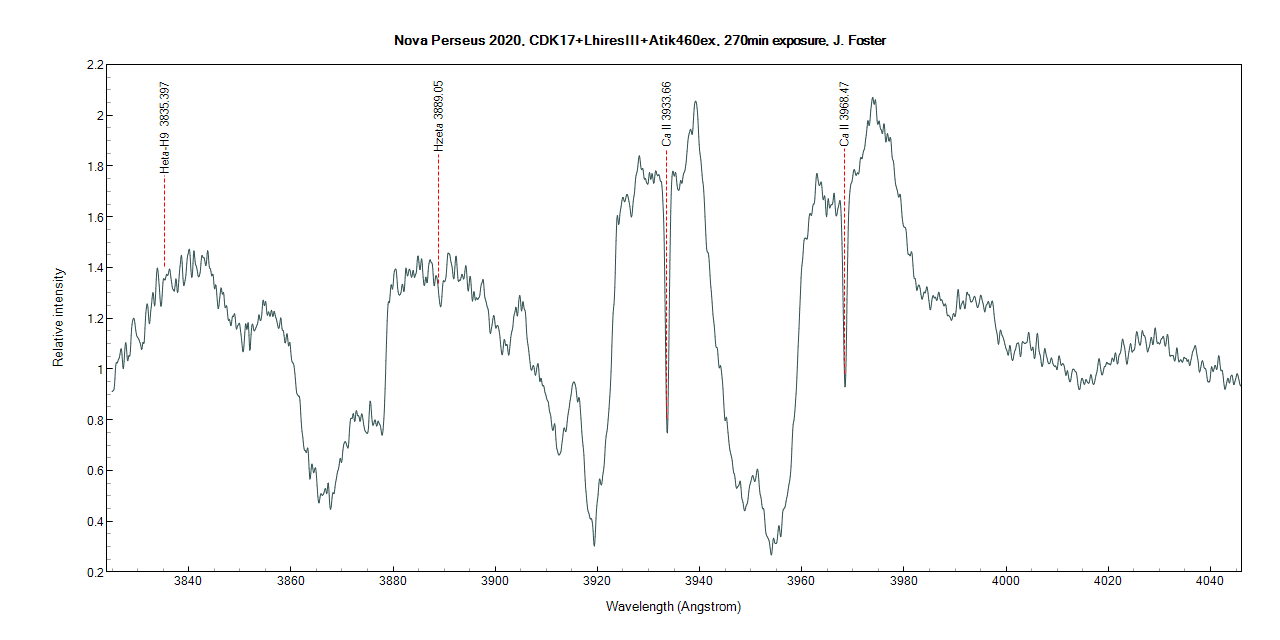To check wavelength scale using tellurics, correlation works rather well. Definitely upwards from R~5000. I have to admit that I have done very little spectroscopy on cool stars and I haven't investigated if telluric lines are totally useless there.Peter Somogyi wrote: By practice, we use tellurics only for checking spectra, mostly in case of high SNR + smooth continuum (cooler stars have spikes everywhere, rendering it unuseable). They are too low by SNR for a general use, and dependent on sky quality. However, DIB and tellurics certainly useable at low resolution (e.g. < R~500).
The background sky I usually get, is useable only at certain conditions (lowest resolution e.g. R~500 with full spectrum - bright enoguh pollution with proper lamps, e.g. not LEDs), otherwise they are mostly absent or weak in case of my typical use (R~3000 - 18000, in a narrow band of LHires).
What I meant by using DIB-s is to shift spectra together (after heliocentric correction of course), not determining wavelength - because they are mostly not exactly symmetric ones, with few exceptions. In the case of low resolution, of course that asymmetry becomes negligible and they can be suitable for wavelength scale BUT their wavelenghts are "fixed" after heliocentric correction (that can be also very small in low res spectra).
I wonder how weak sky spectrum you get in e.g. 10 minute exposure? But when averaging (individually) on both sides of stellar spectrum? In the case of my "little baby" (a 1.5-meter telescope), sky emission is always visible when observing with R~1000 and R~2500 when exposures are ~10 minutes. I sometimes use them around Halpha to construct dispersion curve, most often I do that for R~5000 observations.
Wishing happy new year to all of you!
Tõnis
